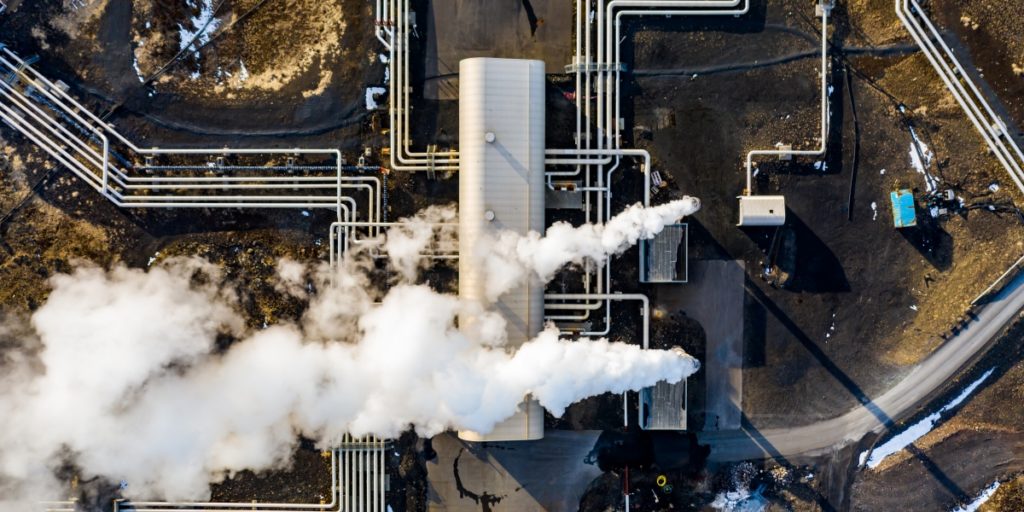“Geothermal is really ready for golden time,” says Tim Latimer, founder and CEO of EGS startup Fervo.
The appeal of geothermal energy lies in its consistency. The power output of wind and solar power plants varies depending on the weather and time of day, but geothermal power is always on, providing a stable source of power.
“This is really the only renewable base load,” says Jody Robins, a geothermal engineer at the National Institute of Renewable Energy. Nuclear power (which does not contain carbon but is not renewable) can play a similar role, but cost, waste issues, and public awareness limit its deployment.
Modern geothermal power plants have been operating in the United States since the 1970s. These plants typically pump hot water or steam from underground to the surface to power turbines and generate electricity. The water is then pumped back to maintain underground pressure so the process can continue.
Major geothermal sites share certain characteristics. Heat, cracked rocks, water, etc. are all close to each other and within a few miles of the surface. However, the most accessible geothermal resources (in the United States, they are mainly concentrated in the west) are now available. Researchers believe there are many more sites that may not have been discovered yet, but it’s hard to understand where they are. And in most of the eastern United States and many other parts of the world, underground rocks are not the right type for traditional plants to function, or there is no water there.
Some researchers and start-ups are trying to expand geothermal to new places. Using EGS, they are trying to design what is underground by pumping fluid into impermeable rocks and forcing them to open cracks. This creates a space where water can move around freely and become hot, producing the steam needed for electricity. This process can cause earthquakes, as early projects in South Korea and Switzerland have shown. However, EGS is similar to hydraulic fracturing, which is widespread throughout the United States, and risks are likely to be manageable almost everywhere, Robins said.
This approach has the potential to extend geothermal heat to areas where there is no groundwater or rock type required for traditional plants.
Still, reaching these resources is not easy. Commercial drilling usually does not go deeper than 7 km (4 miles). Often shallower than that for cost reasons. Many places that can benefit from geothermal heat are not hot enough to reach 150 ° C. It was necessary to generate electricity economically. Reaching sufficient temperature may mean getting deeper, and it will require new technology and technology that can withstand high heat and pressure.
Fervo is considering some of these details in its own projects, including a project announced earlier this year with Google to install geothermal capacity near its data center in Nevada. He has also recently participated in a DOE project called FORGE (Frontier Observatory for Geothermal Energy Research) in central Utah.
FORGE academic and industry researchers are trying to find best practices for deploying EGS, such as drilling and reservoir maintenance. Lauren Boyd, EGS Program Manager at DOE’s Geothermal Technology Department, chose this site because its geology is well represented in the United States where other EGS plants may be built.
With new funding from the infrastructure bill, DOE will fund four additional demonstration sites. This will broaden the understanding of researchers about the installation of EGS facilities. This is because EGS facilities will be able to work in different locations and with different types of rock. At least one plant will be built in the eastern United States, where geothermal is less common.
But it’s not just the technical barriers that are slowing the progress of geothermal power, says Susanham, director of DOE’s geothermal technology office. Construction of a geothermal power plant requires all permits and can take up to 10 years. By streamlining that paperwork, we can cut that time by almost half and double the projected geothermal capacity by 2050.
What is needed to unleash the potential of geothermal power
Source link What is needed to unleash the potential of geothermal power
https://texasnewstoday.com/what-is-needed-to-unleash-the-potential-of-geothermal-power/565438/

